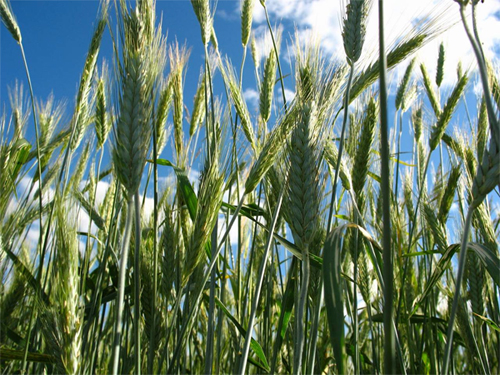The response of fifty-nine recombinant inbred lines (RILs) of rye (F9) to stress caused by low nitrogen and potassium deficiencies in a medium for mature embryo cultures is described in the present study. We demonstrated that the recombinant inbred lines responded in different ways to nutrient stress. On average they developed longer coleoptyles, shorter roots and less numerous roots in the medium with high N and K content in comparison with the deficient medium. Also other responses were observed, which included RILs developing significantly shorter roots in the low-nitrogen-potassium treatment when compared to the high-nitrogen-potassium treatment. The lines were clustered depending on their individual response to stress with the use of Ward’s agglomerative method. The dendrogram shows four main groups (a-d) with RILs with similar response to caused stress. Susceptible lines were identified in groups ‘a’-‘b’, while tolerant lines clustered in groups ‘c’-‘d’. Cytological analyses of the elongation zone of the seminal roots of seedlings subjected to caused stress were carried out with the use of an inverted microscope. The analysis showed fluorescence of dichlorofluorescein (DCF) in the epidermal zone of the seminal roots, which proves the presence of reactive oxygen species (ROS). The appearance of ROS in the seminal roots could have resulted from the activation of the mechanisms for sensing and responding to induced stress.
Full Text: PDF

